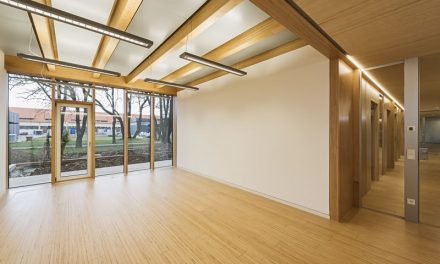The true question is how on earth (literally) can we square that circle since it is out of the question that we consign billions of people in China, India and Africa to poverty or deny them the improvement to their health and well-being which we enjoy.
One practical thing we can do in this country is harvest (and then re-plant) more plantation forestry trees. We, as a broader industry, know this, and we need to advocate for a solution that supports us.
From the sawmills to the merchants and the fabricators to the builders, this issue will affect everyone.
If we wish to make a claim to being part of the solution – which of course includes grappling with climate change at the same time – it is about time the powers that be started carrying their weight in providing one of the only renewable resources the world can get its hands on.
With an expanding population both in Australia and in the South-East Asia region, aging housing stock and a high-forecast demand for new housing and other wood-based products over the next few decades, our industry has significant potential to provide a versatile range of wood products.
Right now, the planet produces 1,737 million m3 industrial timber products (FAO 2013). But we will need much, much more. According to the World Wildlife Fund (WWF), the demand for timber fibre will triple in the next 25 years.
And the WWF is not alone in such stark estimates.
The National Intelligence Council’s “˜Global Trends 2030′ report says there will be as much construction of housing, transport infrastructure and office buildings in the next forty years than has occurred throughout human history until now.
The Oxford Economics & Global Construction Perspectives “˜Global Construction 2025′ report says that the world construction market will grow by 70 per cent in the next ten years, driven by 270 million new homes in China and India.
Surely the only sustainable way to meet those massive numbers of potential demand is to rely on forest products sourced from best practice forestry operations?
The big question for all facets of the Australian industry is; will we be part of the problem – or part of the solution?
Most of you already know that, despite the fact that we can boast to be the seventh most forested nation on earth, we import far more forest fibre than we export. Currently, we are not even supplying all the pine framing we use in our own home building projects. Overall, we export products worth $2.5 billion a year compared with the $4.5 billion worth of imports.
Following the demise of forestry-managed investment schemes, and with no other policy in place to help investors bridge the long years of growth before any payback, tree planting in our country has come to a virtual stand-still.
We have just over 2 million hectares of plantations. The Council of Australian Governments’ Vision 2020 document from 1997 said we needed 3 million hectares
by 2020.
How can it be an environmentally, or indeed ethically, defensible position to cross our arms and simply import greater and greater volumes of product from far-flung corners of the globe because we aren’t growing sufficient of our own
timber onshore?
With our homegrown assets and well-trained people, we should be a global forestry powerhouse. But, currently, we are only contributing to just a small fraction of the need out there.
It is the time to get tree planting policies working again which will drive the planting of the right trees in the right places (close to processing and port facilities for example).
In the lead up to the vital Paris climate talks, it is about time that we worked together to provide the best and most sustainable global solutions.
The world needs much more, not less, of this sustainable, renewable and truly green resource. And it needs more of it from Australia.
We know some of the great opportunities for forest products that, in many cases, our international competitors are already exploiting, which include:
- Biomass for electricity and heat production;
- Composite wood products and prefabricated building systems;
- Increasing demand for existing and new treated timber products both for durability and pest resistance;
- New wood product opportunities which exist overseas but Australia is yet to fully capitalise on, such as engineered wood products including Cross Laminated Timber, and wood or biomaterial composites; and,
- New structural technologies in timber construction in non-traditional markets including commercial and high-rise buildings.
Promoting these home-grown opportunities only stands to benefit the entire timber supply chain. From growers and processors through to local merchandisers and retailers, everyone can tailor their products to meet our domestic and export demand.










